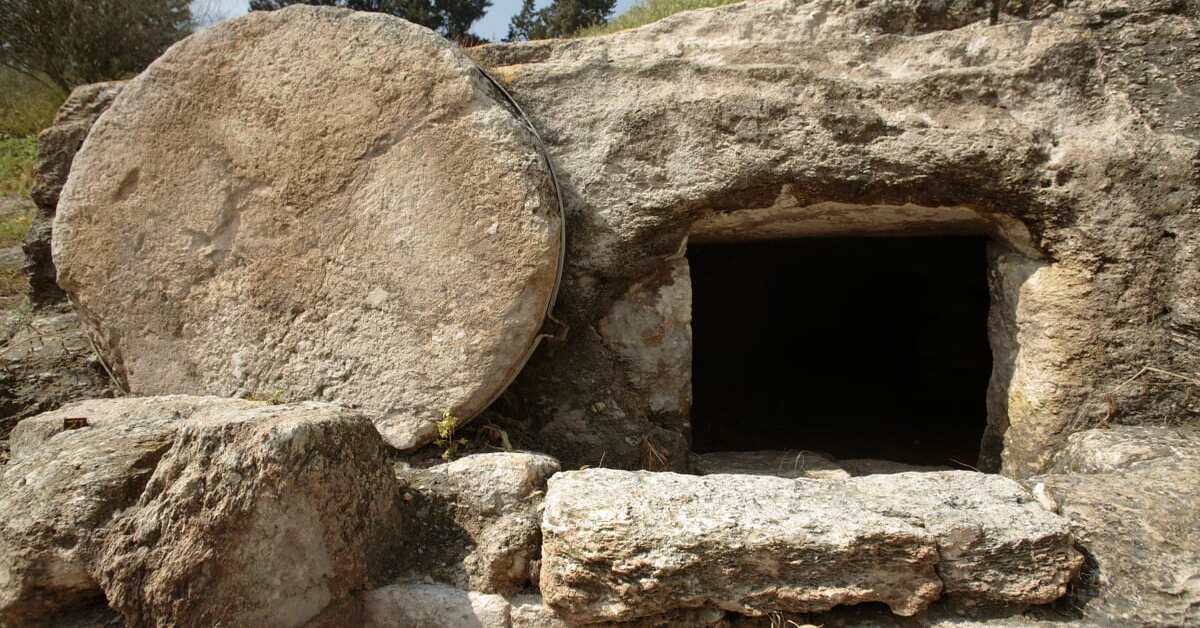Do you know where Jesus' tomb is today?
Tomb of Jesus: Three tombs in Jerusalem have been touted as possibilities: the Talpiot family tomb, the garden tomb (sometimes called Gordon's Tomb) and the Church of the Holy Sepulcher.
The tomb of Jesus: Talpiot
Talpiot's tomb was discovered in 1980 and became famous thanks to the 2007 documentary The Lost Tomb of Jesus. However, the evidence presented by the filmmakers has since been discredited. Furthermore, scholars pointed out that a poor Nazareth family would not have owned an expensive rock-cut family tomb in Jerusalem.

The strongest argument against the Talpiot family tomb is the showpiece of the makers: the bones of Jesus in a stone box marked "Jesus, son of Joseph". There were many men named Jesus in the first century BC in Judea. It was one of the most common Hebrew names of the period. But the Jesus whose bones rest in that stone chest is not Jesus of Nazareth, who rose from the dead.
The Garden Tomb
The Garden Tomb was discovered in the late 1800s when British General Charles Gordon pointed to a nearby escarpment that looks like a skull. According to Scripture, Jesus was crucified in the "place called the Skull" (John 19:17), so Gordon believed he had found the place of Jesus' crucifixion.
Now a popular tourist attraction, the Garden Tomb is indeed located in a garden, as is Jesus 'tomb. It is currently located outside the walls of Jerusalem and Jesus' death and burial took place outside the city walls (Hebrews 13: 12). However, scholars pointed out that the Church of the Holy Sepulcher would also be outside the city gates until the walls of Jerusalem were enlarged in 41-44 BC.

The biggest problem with the Garden Tomb is the layout of the tomb itself. Furthermore, the characteristics of the rest of the tombs in the area strongly suggest that it was carved some 600 years before the birth of Jesus. Scholars believe it almost impossible that the Garden Tomb was "new" at the time of Jesus' death and burial.
The Church of the Holy Sepulcher
The Church of the Holy Sepulcher is often cited by archaeologists as the site with the most compelling evidence of authenticity. Archaeological evidence indicates that it was a Jewish cemetery outside the walls of Jerusalem in the first century.
Eusebius, a 4th 325th century writer, recorded the history of the Church of the Holy Sepulcher. He wrote that the Roman emperor Constantine sent a delegation to Jerusalem in XNUMX BC to find the location of burial of Jesus. Local tradition at the time held that Jesus' tomb was under a temple built by the Roman emperor Hadrian after Rome destroyed Jerusalem. When the temple was razed to the ground, the Romans discovered the tomb below. By order of Constantine, they cut off the top of the cave so that people could see inside, then erected a sanctuary around it.
During recent explorations of the site, dating techniques verified that some parts of the church are indeed from the 4th century. Over the years, additions have been made to the church, including numerous shrines based on legends with no biblical basis. Scholars warn that there is insufficient evidence to make a definitive identification of the authentic tomb of Jesus of Nazareth.